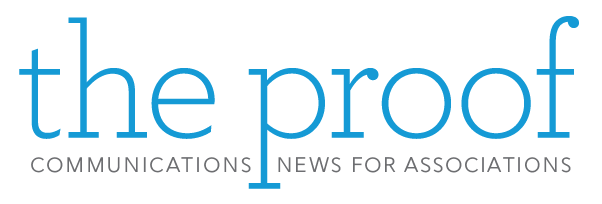
In an increasingly digital world, the way we communicate has evolved drastically. Traditional forms of writing have been augmented by digital platforms, demanding a new set of skills to effectively convey ideas, capture attention, and engage audiences. Digital writing transcends the boundaries of text on paper, encompassing everything from social media updates and blog posts to emails and multimedia presentations. This article explores the key techniques for mastering the art of digital writing and maximizing the impact of your messages in the online realm.
1. Clarity and Brevity
In the digital landscape, where attention spans are fleeting and distractions abound, clarity and brevity are paramount. Get to the point quickly, and structure your content in a way that allows readers to grasp the main message without unnecessary fluff. Use concise sentences, paragraphs, and headings to guide the reader through your content. Break up dense text with bullet points, numbered lists, and subheadings to enhance readability.
2. Know Your Audience
Understanding your target audience is a fundamental principle of effective communication. Research their interests, preferences, and pain points to tailor your content accordingly. Address their needs and concerns to establish a connection that resonates with them. Whether you’re writing for professionals, casual readers, or a niche community, adapting your tone, style, and choice of words can make a significant difference in how your message is received.
3. Utilize Hyperlinks and Multimedia
Digital writing is enriched by the inclusion of hyperlinks and multimedia elements. Hyperlinks can provide additional context, direct readers to relevant sources, or encourage them to take specific actions. When incorporating multimedia, such as images, videos, and infographics, ensure they complement your text and enhance the overall understanding of the content. Visual aids can simplify complex concepts and make your content more engaging.
4. SEO and Keywords
Search Engine Optimization (SEO) is crucial for digital content to be discovered by a wider audience. Identify relevant keywords related to your topic and incorporate them naturally throughout your writing. However, avoid keyword stuffing, as it can negatively impact the readability and authenticity of your content. Balancing SEO techniques with valuable, informative content is key.
5. Engaging Headlines and Openers
In the fast-paced online world, headlines and opening sentences are make-or-break elements. Craft headlines that are both attention-grabbing and accurate, giving readers a clear idea of what to expect. Similarly, the opening lines should pique the reader’s interest and compel them to continue reading. A well-crafted hook can draw readers in and set the tone for the rest of the piece.
6. Social Media Adaptability
Digital writing often extends to social media platforms, where character limits and scrolling speeds challenge your ability to capture attention. Craft succinct and impactful messages that convey the essence of your content. On platforms like Twitter, harness the power of hashtags to increase discoverability and join relevant conversations.
7. Interactive and User-Focused Content
Engage your audience by incorporating interactive elements such as polls, quizzes, and surveys. This not only encourages participation but also provides valuable insights. Additionally, encourage user-generated content by inviting readers to share their opinions, stories, or experiences related to the topic. User-generated content creates a sense of community and fosters deeper engagement.
8. Edit and Proofread Diligently
Just as with traditional writing, editing and proofreading are essential in digital writing. Typos, grammatical errors, and factual inaccuracies can undermine your credibility. Take the time to review your content before publishing, and if possible, ask someone else to review it as well. Fresh eyes can catch mistakes you might have missed.
Mastering the art of digital writing involves a fusion of traditional writing principles with the unique demands of the online environment. Clarity, audience understanding, multimedia integration, SEO techniques, and engaging openings are some of the key components that can elevate your digital writing skills. By harnessing these techniques, you can effectively convey your message, capture the attention of your audience, and make a lasting impact in the digital realm.









